Most people who work out think that a workout isn’t complete unless their heart is pumping and they’ve worked up a good sweat. A yoga session is in sharp contrast to this, with many yoga types providing you all the benefits of exercise (and much more) while leaving you feeling remarkably different. Try yoga to be energized instead of tired and flexible instead of sore.

Exercise offer a range of health benefits but some forms may not be suitable for everyone. Yoga stands out in this sense because with all the different types of yoga, anyone can find a style that is suitable for them, regardless of age and fitness levels.
What are the most dominant yoga types?
While there are many different types of yoga, a few of these have gained in popularity and prominence particularly in the developed world over the last few decades:
Ashtanga yoga
Ashtanga yoga focuses on repetitive movements until you develop complete mastery over the poses. This helps you to cultivate awareness and build mental strength and discipline. It also generates internal heat and detoxifies the body through movement and breath while increasing physical strength and endurance.
Vinyasa yoga
This is one of the most popular forms of yoga and is highly recommended and taught by most yoga teachers. This form of yoga takes you through a number of poses and movements that follow or flow into each other in an intuitive manner. With its flowing form, it is ideal for beginners but it also helps build core strength for experienced practitioners.
Power yoga
Power yoga is one of the more demanding yoga types. It goes through a series of poses at high speed and builds in intensity through the practice. The focus is on building heat, increasing the heartbeat, and working up a sweat, so don’t expect too much meditation in this form of yoga.
Hatha yoga
One of the more gentler yoga types, hatha yoga is about slow movements and technique rather than pace and dynamism. This form of yoga is better suited for those who are looking for mental health benefits while incorporating a minimal level of exercise and movement.
Hot yoga and traditional forms of yoga
With the rise in popularity of yoga, a number of variations have also been developed. Some of these combine just physical practices from different yoga types, while some combine modern philosophy and physical poses.
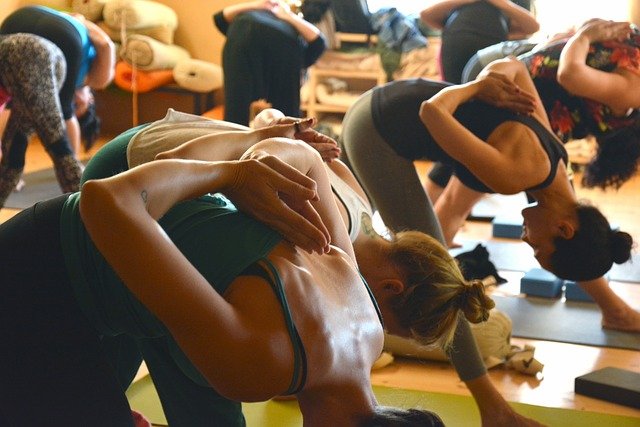
Hot yoga has a somewhat controversial nature because of its New Age-y style of practice. Those who practice traditional yoga do not accept it easily, even though it incorporates a number of traditional poses and movements. but there is no denying that it is growing in popularity.
Hot yoga is practiced in a heated room and forces the body to eliminate toxins through perspiration. Enthusiasts find it refreshing and exhilarating, while some find it difficult to exercise in a humid room for more than a few minutes.
Yoga types for your physical health
The many yoga types offer cardiovascular activity along with movements that build strength and flexibility. An average yoga class tends to be either 60 or 90 minutes long and offers challenges to your cardiovascular and muscular system for the entire duration.
You may feel that the less challenging yoga types don’t have any physical benefit because they don’t get the heart pumping or make you feel sore afterwards. However you can be assured that nearly all yoga poses work on these two systems and condition them in one way or the other.
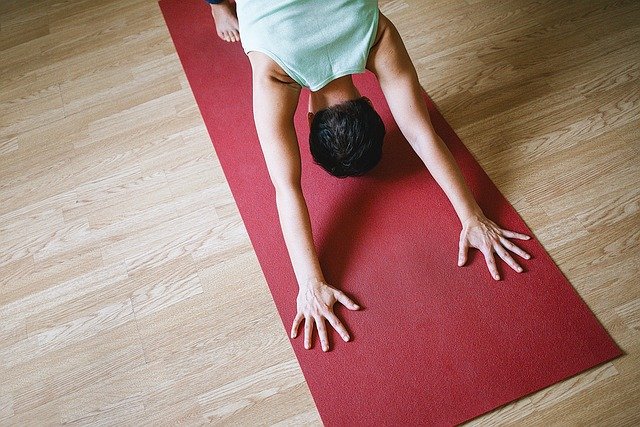
In fact, an American study showed that extended muscles gain in size and efficiency over time, thereby increasing your physical strength. Other studies highlight how yogic breathing boosts lung capacity and detoxes your system on a cellular level. However if you are considering trying yoga for weight loss, do note that yoga may take longer to show results than running, gymming, or hiring a personal trainer.
Yoga types for mental health
It has consistently been shown that regular yoga practice lowers stress hormones which is the leading cause of poor mental health today. All the different yoga types require mindful execution of every asana or pose, thus developing your awareness of the mind-body connection and helping you cultivate mental fortitude.
Over time this awareness seeps into other aspects of your daily living. You’ll find it easier to make healthy lifestyle choices such as getting enough sleep, exercising regularly, eating the right foods – all of which go a long way in augmenting your mental health.
What are the physical and mental benefits I can experience through the different yoga types?
On a physical level, regular practice of yoga can offer the following benefits:
- Optimal health and wellbeing
- Increased energy levels
- Improved balance and coordination resulting in reduced back pain and relief from muscular pain
- Improvement in chronic conditions
- Toning and conditioning of the body resulting in improved strength and flexibility
When you continue, you will experience other benefits that go beyond the physical such as:
- Higher levels of relaxation
- A sense of joy and calm
- Enhanced focus and mental clarity
- Ability to quieten the mind-body for longer durations of time
- Improved resilience to stressful situations
- Enhanced emotional and mental health
Detoxing through yoga
One of the lesser appreciated benefits of the different types of yoga is the immense detoxing that it brings about. Each pose requires you to twist or turn, compressing and massaging the internal organs so that they function at optimum level and eliminate toxins.
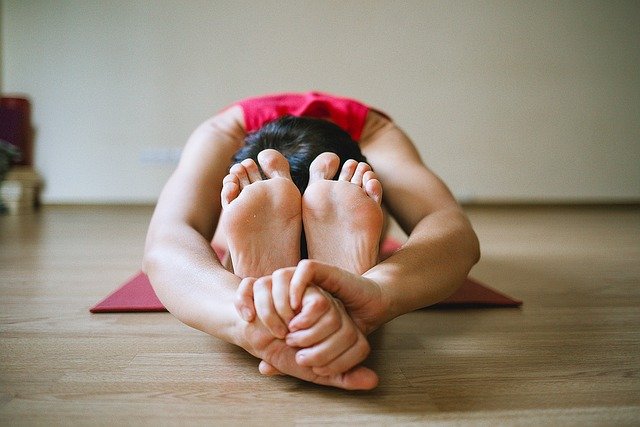
With all yoga types, a regular practice helps you drain toxins like lactic acid, carbon gas and lymph fluid, thereby cleansing your system over time. This purification process improves your physical health but also clears your mind and brings mental peace.
Starting with yoga as a beginner
If you are just starting out with yoga, it is recommended that you try to do two to three classes every week, regardless of the yoga type you are practicing. Remember that yoga takes time to work so don’t expect immediate results. Focus on your mind and body and you should start to feel the difference in about two weeks. As you improve, you can increase the intensity, duration and frequency of your yoga classes.

If you start off with 60 minute yoga class three times a week, you might be able to move to a 90 minute class or increase the number of times a week. You could even mix and match different classes so that you can try our different types of yoga and find one that you enjoy.
Yoga breathing as a practice
Yogic breathing is called ‘Pranayama’. The word is taken from two different words. ‘Prana’ means the universal life force or energy that powers all life in the universe. It is responsible for all physical and mental phenomenon and for nourishing the body and the mind. ‘Ayama’ can be loosely translated as regulation or lengthening. Pranayama therefore means regulating or extending this universal energy that flows through us all.
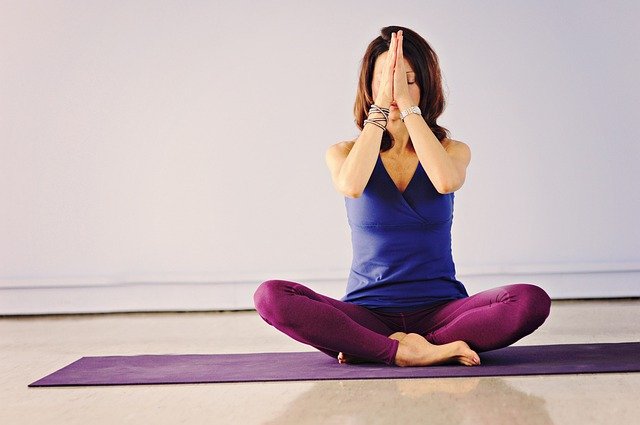
Prana is similar to the concept of ‘chi’ in other Eastern cultures. It is a part of all things animate and inanimate from the trees, to the moon, the bees and the sea. Pranayama is based on ancient yogic breathing techniques and exercises that aim to harness this energy and direct it into the many aspects of your daily living. By gaining mastery over breath, you establish control over your prana.
The benefits of the different types of yoga breathing
Even though we are all born knowing how to breathe, most of us do not breathe to our full capacity. We use only the top half of our respiratory system to breathe. This is not the best form of breathing because it robs the body of oxygen and can even lead to a build-up of toxins within our systems. All yoga types teach breathing as part of a healthy practice and help you relearn breathing.
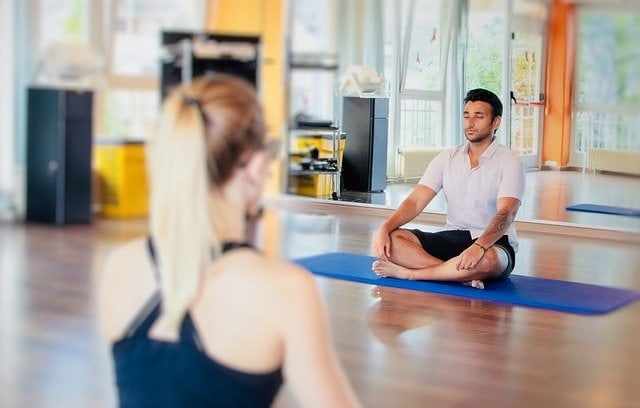
When you learn how to breathe to your fullest capacity, you will notice the following physical benefits:
- Better metabolism
- Enhanced circulatory and respiratory systems
- Improved thermoregulation
- Better digestion
- A deep sense of relaxation
- Improved memory
Yogic breathing is also said to synchronise the left and right hemispheres of the brain for improved mental functioning. You should notice increased concentration and retention levels and some practitioners even believe that yogic breathing boosts creativity.
Yoga and yoga breathing – Which is more important?
Yogic breathing almost always plays second fiddle to the many different types of yoga. Most people believe that the asanas or postures are the biggest part of yoga, but breathing is not only a critical aspect of yoga – it is the essence of yoga.

Yoga stands for bringing together the mind, body and spirit and the one thing that links all of them is the breath. While breathing may be the most important aspect of yoga, it is not always easy to establish control over something that comes so naturally to us. This is why asanas and poses help. When you learn to discipline your body, you learn to discipline your mind.
The poses also help to stimulate your internal organs and your muscles to work at optimum efficiency, making it easier to physically inhale and exhale with better control.
Where to start with yoga breathing
Like the many asanas in yoga, there are a number of breathing techniques and exercises within the different types of yoga. Each has its own set of benefits so you should consider your goals and your current physical and mental condition.
You could choose from among the following:
Kapalabhati Pranayama: If you need an energy boost, this is the best technique. It is aimed at lighting up your internal fire and is highly recommended for detoxing and adding vitality.
Nadi Shodhana or Kumbhaka: If you feel like your thinking is not clear or is foggy, this is the recommended form of yoga breathing. It imparts mental clarity and aligns the two hemispheres of the brain to bring a sense of mental balance
Bhastrika pranayama: This form of yoga breathing can give you energy levels that even a cup of coffee cannot stimulate. Three cycles of this form of breathing will make you feel like you’re raring to go.
Bhramari pranayama: This form of breathing is recommended for those who have a racing or agitated mind. It brings about a sense of calm and tranquility allowing you to slow down and tame your mind.
What to eat for a better yoga practice
Of all the forms of exercise, yoga is one of the few that focuses exclusively on the mind-body connection. It recommends a diet based on your health and fitness levels, any current medical conditions, and your own goals.
What to eat before yoga
Your yoga practice is fueled and enhanced by the right foods and it is important that you eat right. You won’t be able to focus on your practice if you are hungry, but many yoga poses are difficult if your stomach is full or bloated.
For a good practice, try the following suggestions:
- A bowl of fruit
- Yoghurt and nuts
- A fruit smoothie
- Cooked oatmeal
- Toast and peanut butter

What to eat after yoga
After your practice, you’ll feel light and limber…. And hungry! Enjoy a filling and nourishing meal to prolong the glow of yoga and keep you fuelled for the next day.
Try these ideas:
- Tofu, cottage cheese or eggs for protein
- Brown rice or wholegrain pasta
- Fruit and nuts
Don’t forget to hydrate before and after your practice. Drinking water helps to flush out the toxins that your practice has loosened from your system and keeps your organs and muscles flexible.
Safety for all yoga types
While yoga is a simple practice that can be done by most people at any time of the day, there are certain things you should bear in mind before you get on to the mat:
- Mindfulness is a key aspect of yoga and so it is recommended that you practice with complete awareness. Choose a time of the day when you will not be disturbed. Try and set aside distractions and use this time to focus on your mind and body.
- You should aim to finish your yoga practice without taking a break unless the instructor recommends it. If you feel the need for breaks, you should lower the intensity or duration of your practice instead.
- Take breaks or ‘rest days’ between sessions if you have a very intense practice. Yoga is about pushing your limits but not about over-exerting your mind and body.
- Yoga is best done on an empty stomach or after a light snack. Avoid doing it when you’ve just eaten or are full.
- Regularity is key when it comes to availing the benefits of yoga. Practice on a consistent basis and aim at getting in a few sessions a week.
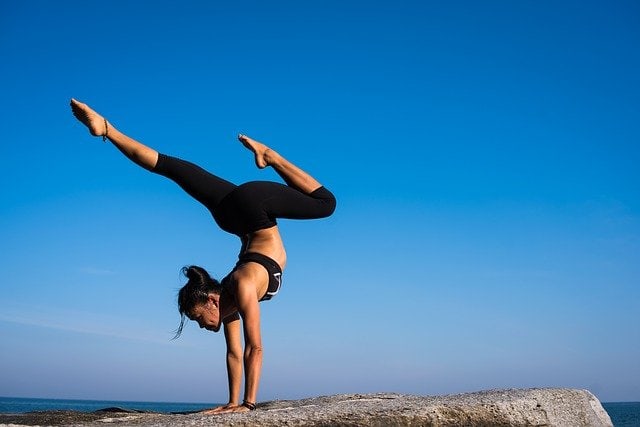
Do not worry about which among the different yoga types is most suited for you. Almost any form will offer you great benefits. Any type of yoga is a good form of exercise but it is also much more than that. The benefits of yoga extend far beyond those offered by more traditional forms of exercise and will help you for years to come.



